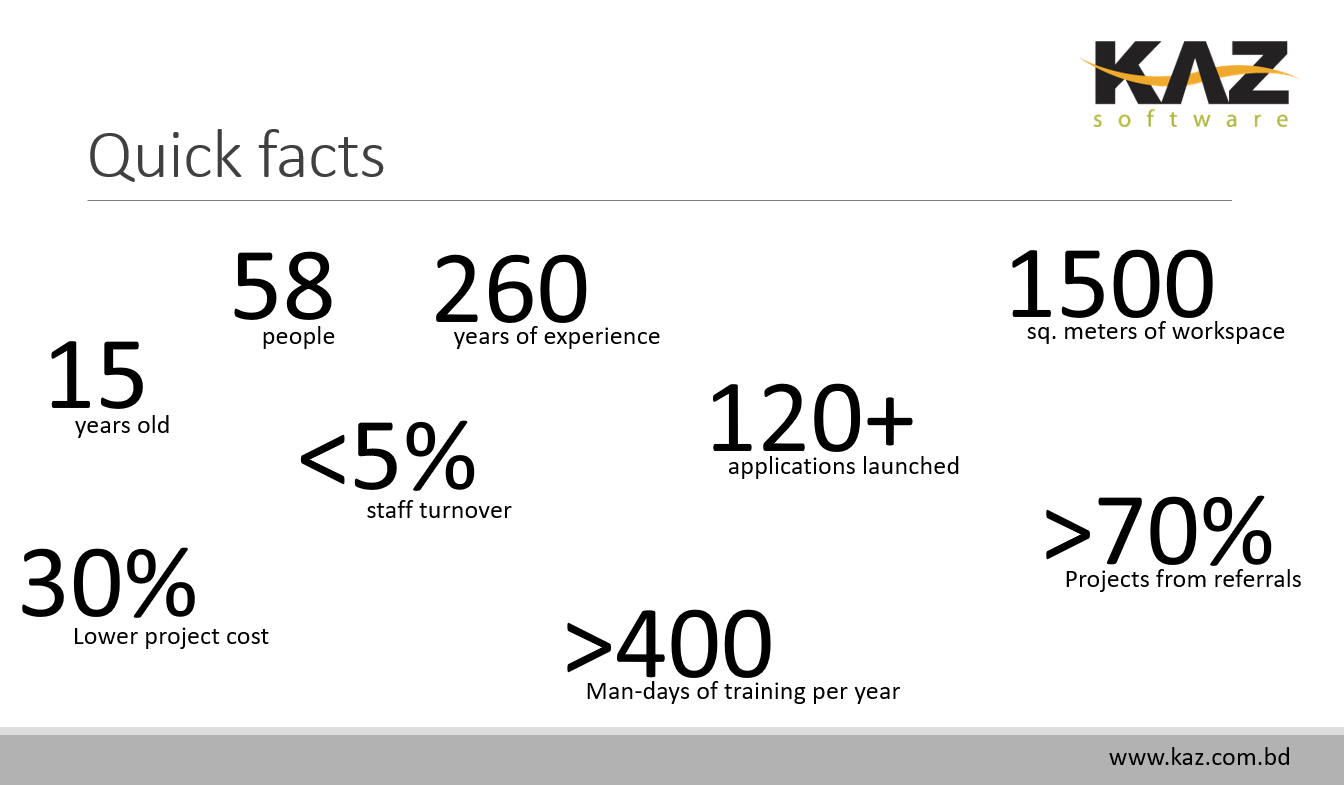To cubicle, or not, that is the question.
/Most things in life has the Shakespearean ambivalence, but I can say without a shred of doubt that there is no uncertainty about the cubicle:
Cubicles are bad.
So “or not” is the right answer.
But if not cubicle, what?
That is where Shakespeare has the upper hand.
Companies large and small, universities and architectural firms have been trying to answer that question with mixed results. Let’s try to approach this with some data that proves quite strongly two things:
1. Proximity matters even in the age of digital
It has been found over and over that the physical proximity of people bring in more positive interactions and collaboration. Team that has team members on the same floor, same room are more efficient than team where the members are physically disbursed (yet connected with all kinds of communications platforms). MIT media lab has done extensive studies on effects of proximity on collaboration a summary of this was done by one of the researchers as follows:
“…the probability that any two people on a corporate campus will interact physically or digitally is directly proportional to the distance between their desks…”
2. Interaction between different work groups reduces productivity
If there are separate groups within the company that work on completely different projects or areas no benefits come in making them interact more, in fact it reduces overall productivity of both teams. Research carried out in a major German bank showed that increasing interactions between teams undermined performance. So they moved teams into separate rooms.
If you take the above 2 points as gospel then what is the logical conclusion? Keep individual teams together but separate from other teams. Simple.
And…drum roll please…. we have always known this answer. The answer has been in page 414 of our favorite book on work space design - A Pattern Language by Christopher Alexander.
“The fundamental learning situation is one in which a person learns by helping someone who really knows what he is doing.
…
Therefore:
Arrange the work in every workgroup, industry, and office, in such a way that work and learning go forward hand in hand. Treat every piece of work as an opportunity for learning. To this end, organize work around a tradition of masters and apprentices: and support this form of social organization with a division of the workspace into spatial clusters - one for each master and his apprentices where they can work and meet together.”
With our offices in older brick built houses with small rooms in the older part of Dhaka adopting this pattern has been easy. We can take a group of adjacent rooms (sometimes converting a connecting veranda that is very common in the older designs of Dhaka houses) to form the team space. We try to give the team lead some space of her own, ideally a room all by herself if possible. This makes it easy for her to act as the “mentor” when needed and also acts as the defacto meeting room where conversations (and noisy debates) can happen without disturbing the rest of the team members.
Brick walls ensure that interference from other teams and completely unrelated conversations don’t hinder the flow of the work of the team.
So as I said, Shakespeare has nothing to say to us when it comes to office layout. We got it figured out. But we love him anyway :)
Here’s the famous page 414 btw…

































